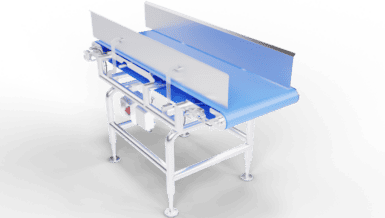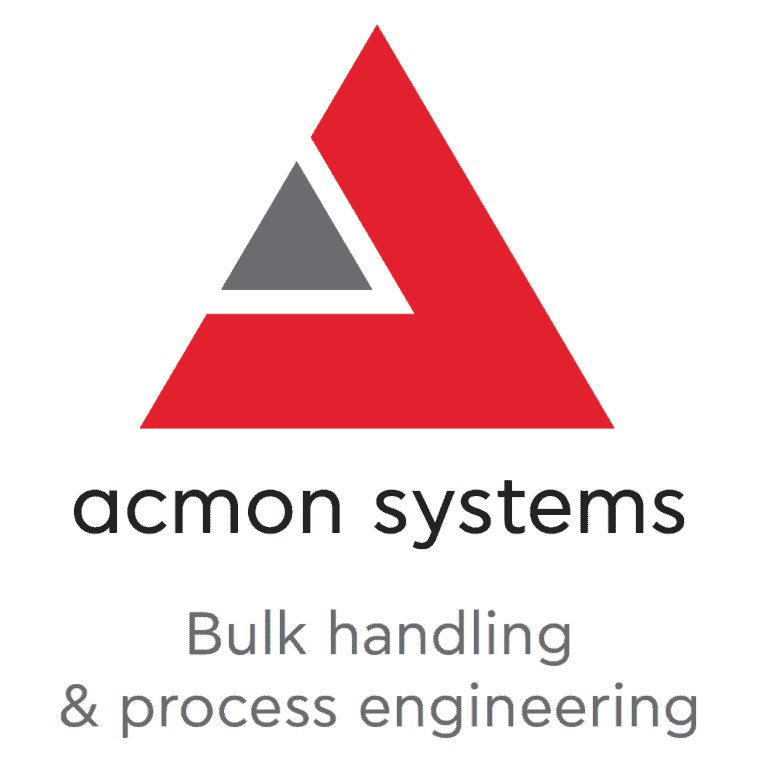Reason 1. – Stainless steel does not become magnetised like mild steel does.
Mild steel housings are not recommended around the magnets because the surfaces can become magnetised. When the surface becomes magnetised, contamination can cling to those areas and become a contamination risk in itself!
Reason 2. – Hygiene.
Another reason is because stainless steel housings are more hygienic, as they can be thoroughly cleaned, leaving a clean surface for a food safety application.
Reason 3. – Magnet strength can be uncontrollable when closing the magnet doors.
Mild steel housings can become more uncontrollable due to becoming magnetised, while stainless steel housings do not have this issue. When closing the door of the magnet housing, the operator may not have much control due to the magnetisation of the mild steel surface. This will then cause the magnet to slam shut and possibly jam or pinch the operator’s fingers in the housing door.
Reason 4. – Magnets can easily get damaged.
When mild steel housings become magnetised, certain types of magnets are more likely to get damaged. For example, Liquid Magnetic Traps, also known as Pot Magnets, are prone to getting damaged in mild steel housings when operators remove and return the magnet to its housing. Densely packed Pot Magnet bars are prone to being bent and swollen due to the way they are being put back into place – magnetised mild steel causes the bars on the Pot Magnet to grab onto the sides of the housing, leading to damage to the internal elements. This damage can become a cause of demagnetisation, or magnet strength loss, which can reduce the effectiveness of the magnet.
Reason 5. – Higher possibility of recontamination.
As using high strength magnets around mild steel housings induces magnetism within the mild steel, metal fragments and contaminants become attracted to the magnetised housing itself. In turn, this increases risks to product security and recontamination.
When the high strength magnet is taken away, the magnetism of the mild steel housing is decreased, causing those metal contaminants to drop back into the product stream and re-contaminate the product. This can result in contaminated final products and heightened risks of recalls.









































